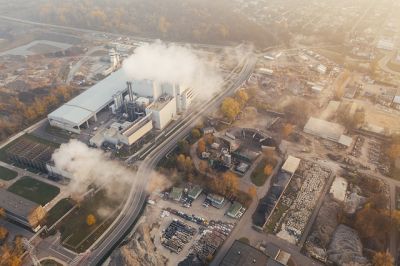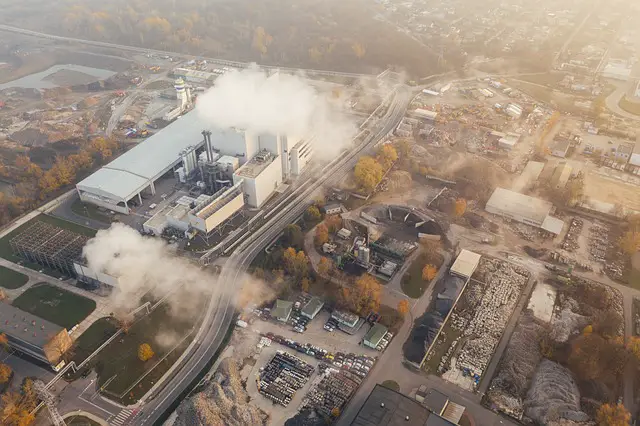Greenhouse gas emissions and synthetic fertilisers in agriculture

Food systems contribute one-third of global emissions greenhouse gas (GHG) emissions, roughly 16.5 GtCO2e year−1 from a total 54 GtCO2e year−11,2, with both pre- and post-production stages showing a high and increasing share of total emissions.
The Food and Agriculture Organization of the United Nations (FAO) predicts that agro pollutants met 10.7 GtCO2e year in 2019, while the International Panel on Climate Change (IPCC) Special Report on Climate Change and Land estimates them at 12.0 GtCO2e year. Both times, the projected value is made up of emissions from land use and agricultural operations.
In 2019, the FAO projected that the sum of all emissions up to the farm gate (excluding land use change) was 7.2 GtCO2e year1. Livestock emissions were the main source, accounting for 51.4% of those emissions (including enteric fermentation and manure emissions) . The utilization of synthetic nitrogen (N) fertilisers recorded 8.3% of farm-gate emissions in 2019. Only a part of the N fertilizer added to the soil is absorbed by the plants. A component of the applied N may end up leaching or volatilizing from the application site, while another amount is consumed by soil microorganisms, which produce N2O as a byproduct of their metabolism. N2O is a greenhouse gas (GHG) with 265 times the global warming potential of CO2 that is released by soil microbial activity.
The global impact of N fertilisers on anthropogenic GHG emissions could be reduced by reducing N2O emissions per unit of N compound applied, but the most effective technique is to minimize the N applied where over-fertilization occurs, which is the majority of the time already. According to the FAO8, by 2050, the usage of synthetic N fertilizers would have increased by 50% globally from its 2012 level. As a result, agricultural soils will emit significantly more N2O, potentially jeopardizing the Paris Agreement’s climate aim of limiting global warming to 1.5 or well below 2 °C over pre-industrial temperatures.
N use in synthetic fertilisers
According to FAO estimates, world’s total agricultural intake of elemental N from fertilisers reached 107.7 Mt in 2018, with China, India, the United States, the EU28 and Brazil accounting for 68% of the total N use . Data from the FAO also reveals that Asia, Europe, and the Middle East are the regions with the highest rates of nitrogen application per hectare of agricultural. On the other side, excluding Egypt and Mauritius, African nations often had some of the lowest rates . According to the International Fertilizer Association25, China, the United States, India, Russia, and Indonesia, in that order, accounted for 58% of the world’s production of synthetic N fertilizers in 2018.



